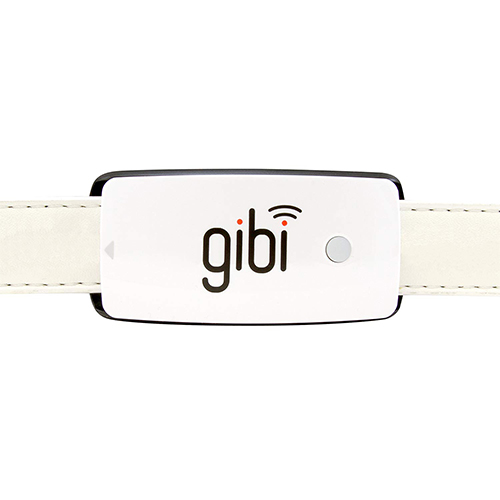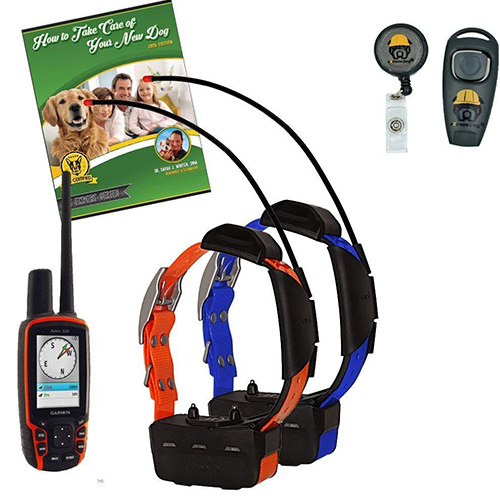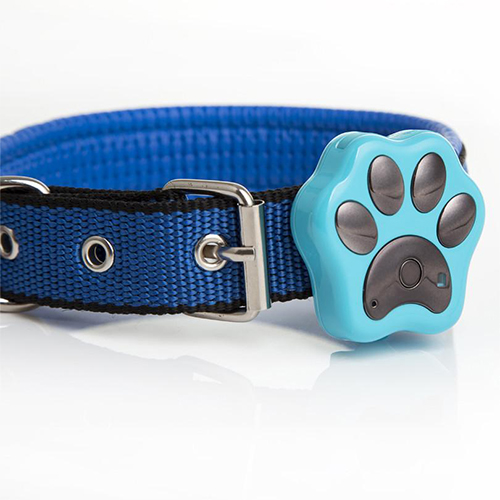
Pet GPS is a different technology from a microchip
Read Time: 2 minutes
What is a Microchip?
Microchipping your pet is one of the most effective ways to be reunited with a lost or stolen pet.
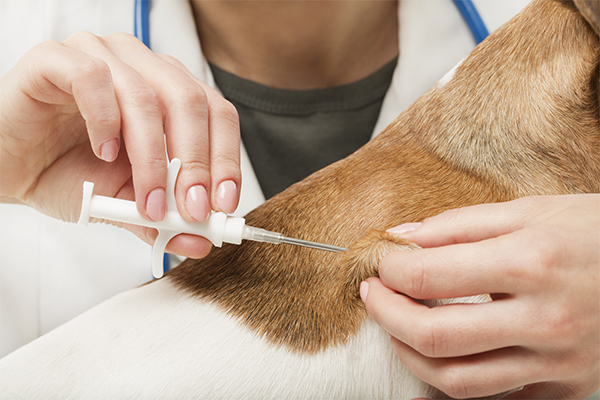
Very Small & Placed Under Your Pet’s Skin
A microchip is about the size of a grain of rice and is placed under your pet’s skin, usually between the shoulder blades. It is placed in a sterile applicator and injected in the loose skin, causing no more harm to your pet than you normally feel with having blood drawn.

Helps Your Lost Pet Find You
While a microchip may not exactly help you find your lost pet, it works the other way around. If your pet is taken to a vet or animal hospital, the information on the microchip will allow them to reach out to your and reunite you both.
More Information than a Collar
While a collar is useful in reuniting you with your furry friend, it provides significantly less information than a microchip. It can also be easily taken off by your pet, another animal, or a person. That’s why we recommend equipping your pet with both a tagged collar and a microchip.
How Does a Microchip Work?
If your pet is lost or stolen and ends up at a vet or animal shelter, the first thing that they’ll do is check for a collar and microchip.
A scanner will be used on your pet to check for the microchip. It is placed outside of the skin near where the microchip was implanted. The chip will then use radio frequency identification (RFID) technology to transmit your pet’s registration number.
As long as you have registered your pet’s microchip, the vet or animal shelter will be able to see your contact information and reach out about the whereabouts of your pet.
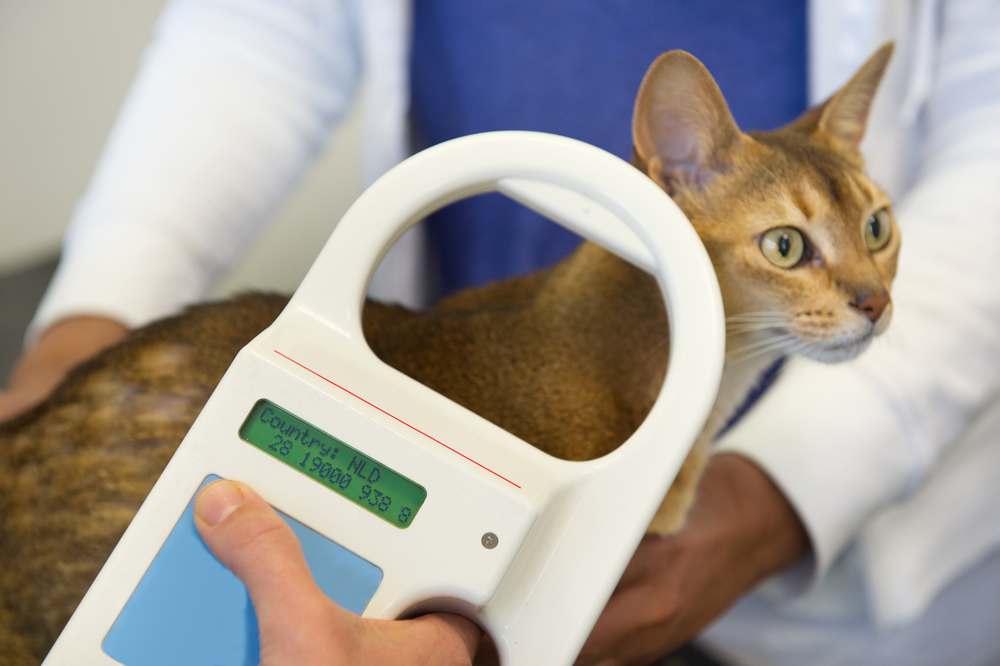
How to Register Your Pet’s Microchip
Your pet’s microchip is useless without up-to-date information in a registry. As soon as you get your pet microchipped, register them at any and all registrations that you can find. Some popular ones are:
- https://www.freepetchipregistry.com/
- https://microchipregistrationcenter.com/
- https://www.homeagain.com/lost-pet-database.html
It’s vitally important to update your information in the registries anytime that it changes. If you move, get a new phone number, change your last name for a marriage, or any other cause of information changing, remember to update your information so that your pet can get back to you safely.
Are There GPS Trackers for Pets?
While microchips don’t give your pet’s location, GPS options do exist. However, they’re extremely different from microchips. GPS devices for your pet:
- Are worn externally, usually on a collar
- Are large and heavy compared to microchips making them difficult for smaller animals
- Cost upwards of a couple hundred dollars
- Typically require a monthly subscription fee
- Have a limited range, typically of a couple miles
- Usually last a couple of days until the batteries need to be charged again
If your pet gets lost extremely often, a GPS tracker may work for you, but be aware of the ongoing cost and maintenance that they typically require.
Read more about how we can help with microchipping your pet.

